|
This time around, we tackled high-level mathematics and abstract art. Not easy for sixth graders. Our masterworks were Number 1A and Lavender Mist by Jackson Pollock, and we studied fractals and chaos theory to understand the natural world and Pollock's brilliance alike. What exactly is chaos theory, and how does it relate to fractals? This brief documentary created by a kid explains it quite well. The music becomes tedious, so try to ignore those parts, but all of the conceptual stuff is quite well explained. Also, when he starts talking about actual equations, and your eyes start to glaze over, hang in there—the results of the equations are pretty interesting. So, what does all that have to do with Jackson Pollock? It turns out that the motions that Pollock used when creating his famous splattered paintings are similar to a kicked pendulum. The irregularity introduced by adjusting the length of a pendulum at random (or even regular) intervals results in a fractalized splatter. "Fractals" weren't a thing anyone knew about when Pollock was painting, so he wasn't doing this intentionally. Art critics also had never heard of fractals at the time, so those who liked Pollock's work couldn't effectively describe why it was so brilliant. Now look closely. Below is Number 1A (don't be fooled by the title; it wasn't his first). There are so many interesting parts of this painting; I would love to see it in person someday. The section below is from the center top. It almost looks like a turbulent ocean (which, incidentally, is a natural feature that can be explained by chaos theory and fractals). Zooming in again and again on the painting reveals that the level of complexity is consistent regardless of how close your viewpoint is to the painting. Below is Lavender Mist. I love this title. There is nary a drop of lavender paint in this piece, and yet, the overall impression is distinctly lavender. This painting is featured in the movie Mona Lisa Smile. Again, zooming in reveals continued complexity. The video below features a pendulum with an "elbow" in it. Though the pendulum is released relatively straight, tiny changes in position become compounded and result in chaotic motion. As the light traces the path, the result starts to look similar to a Pollock piece. Pollock has an elbow. Also a wrist. Consider the above video with two joints instead of one. Pollock effectively used his arm as a pendulum, but added the "kicked pendulum" motion by utilizing his elbow and wrist joints to create chaotic movement of the brush. This is not easy to do. Your average person with a brush would not be able to make their arm move in this way. As humans, we try too hard to control motion, even when trying not to. This is not to say that Pollock lacked control—quite the contrary. Pollock knew exactly where the paint would fall, and he was able to utilize his own joints to make it happen in a way that hasn't been replicated since. Not a lot of footage of Pollock in action exists, but this little video shows a little bit of what he does with his shoulder, elbow, and wrist to get the paint to fall where he wants in a fractalized way. Also, I love that he has special painting shoes, as you would have to with this style. Next step for the students: finding fractals in nature. Comments are closed.
|
Topics
All
Archives
May 2021
|
HOME |
PHOTOGRAPHY COLLECTIONS
|
© COPYRIGHT 2020. ALL RIGHTS RESERVED.
|
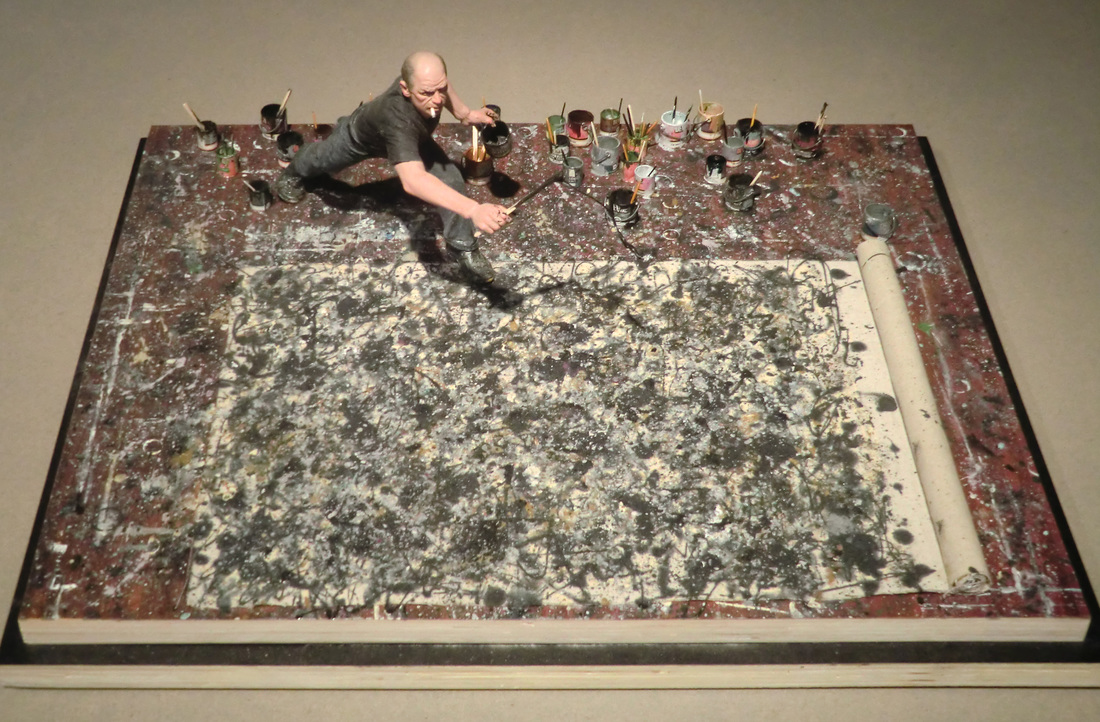
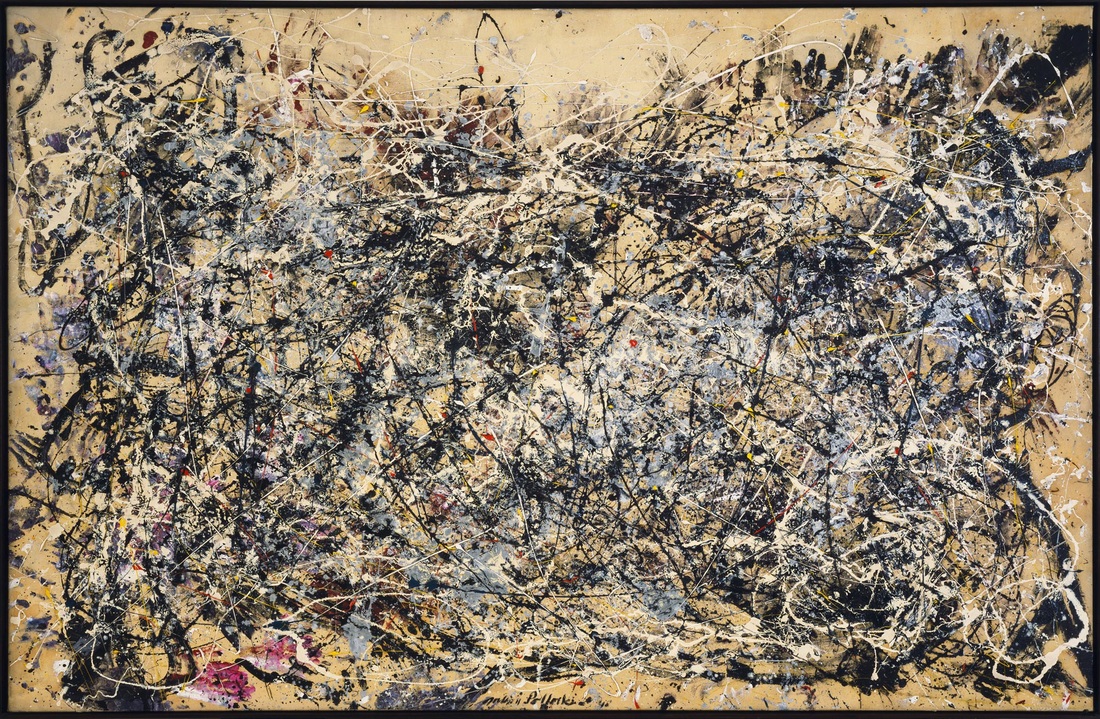
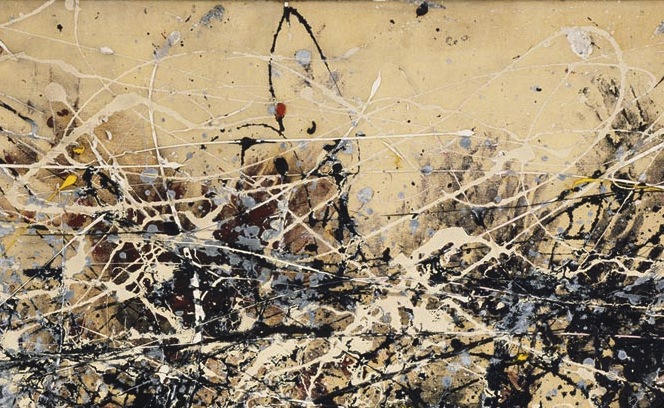
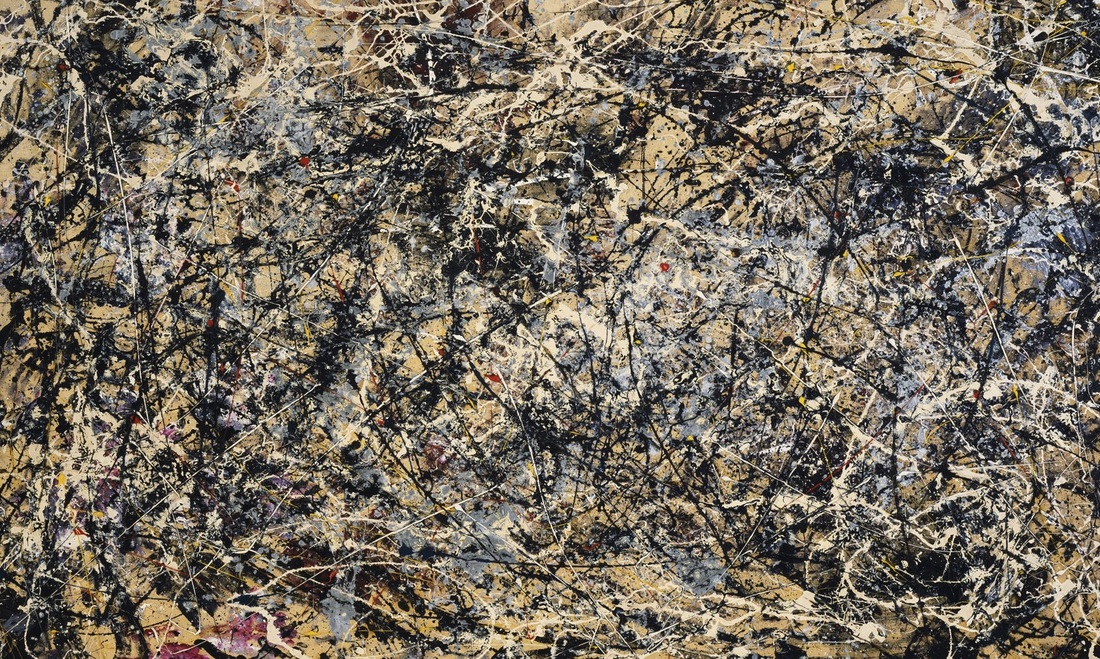
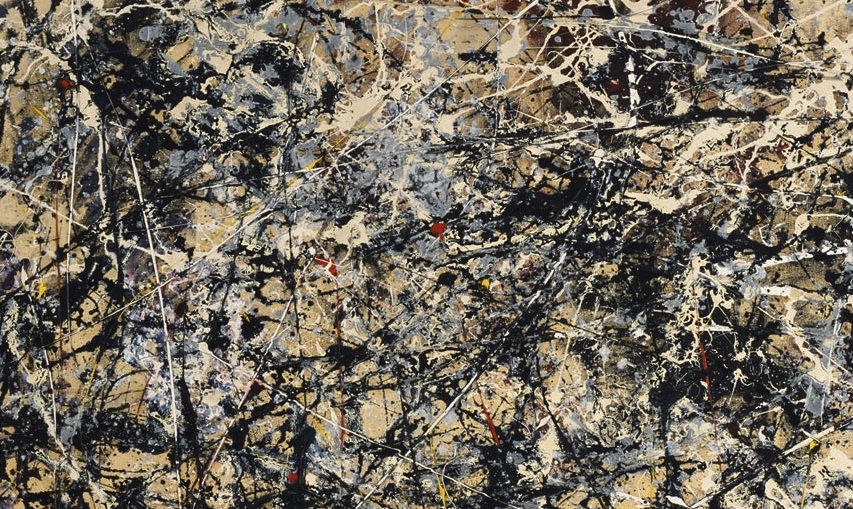
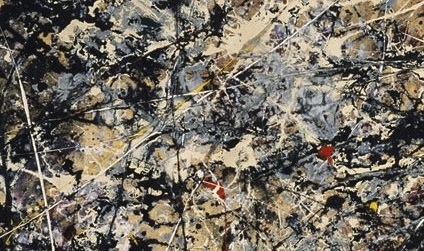
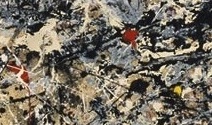
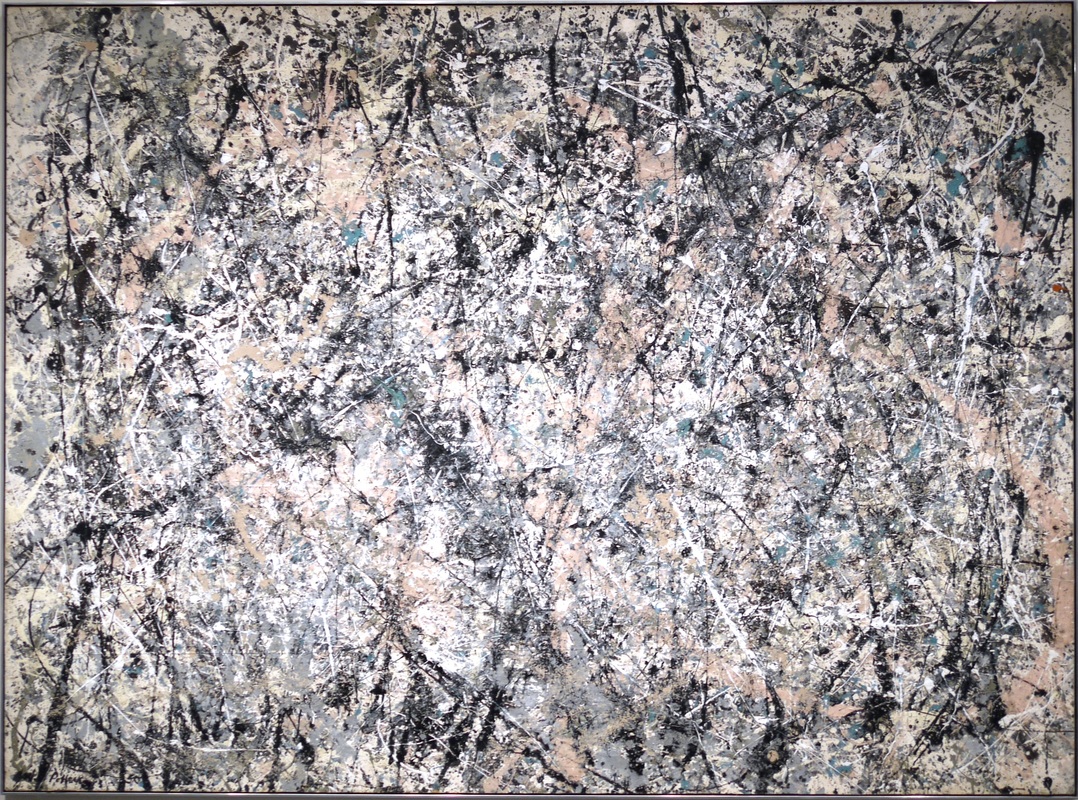
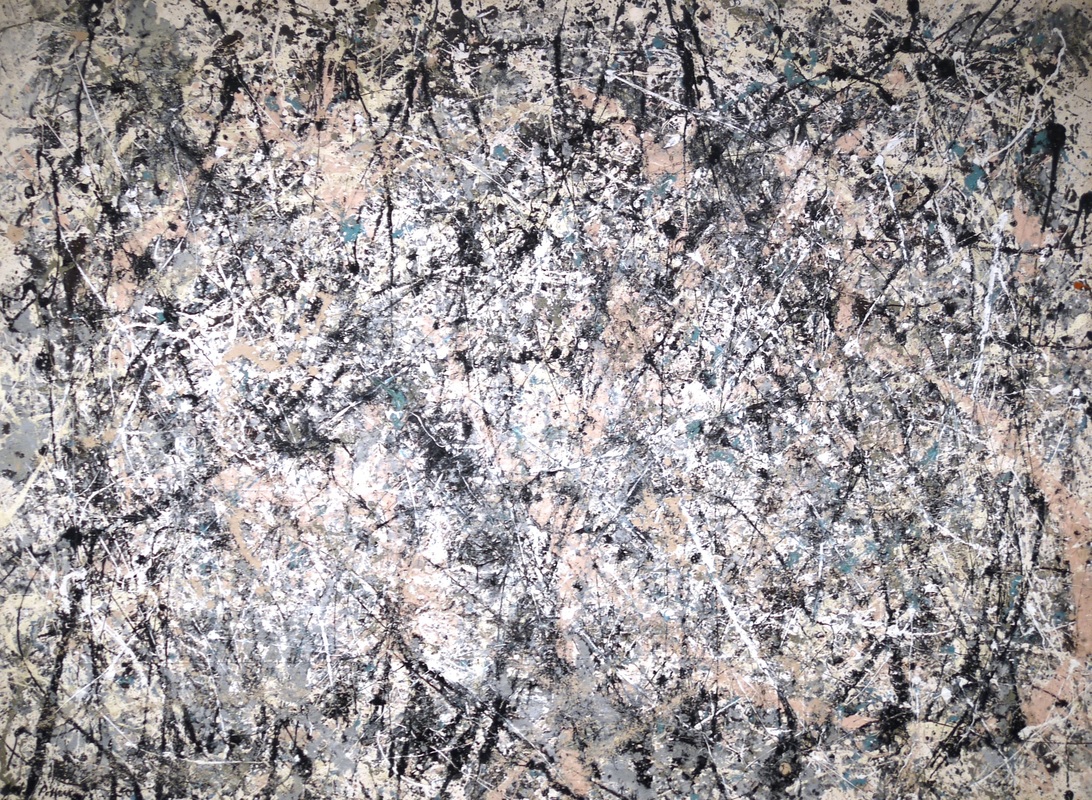


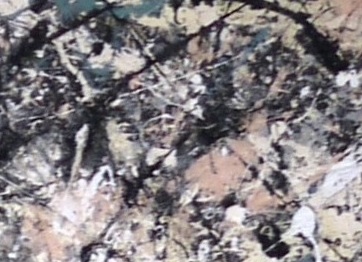





 RSS Feed
RSS Feed

